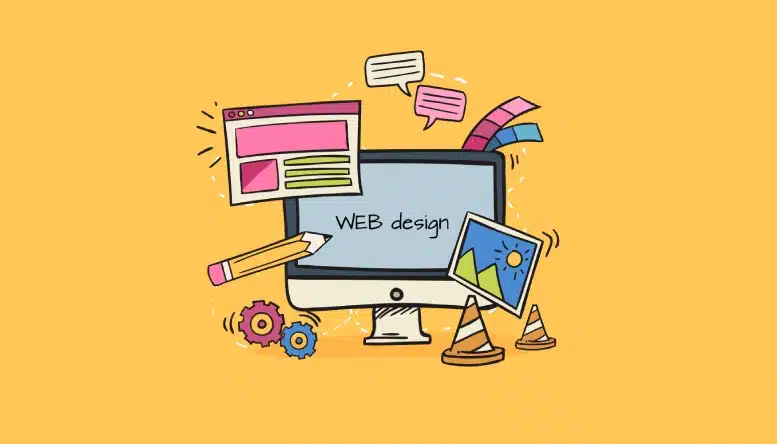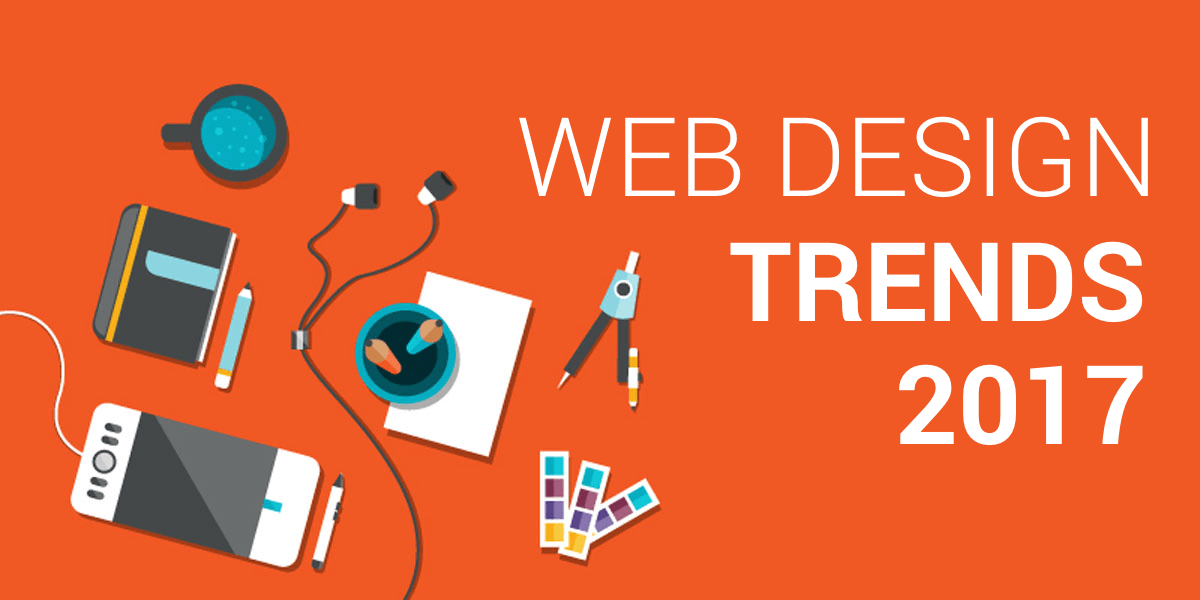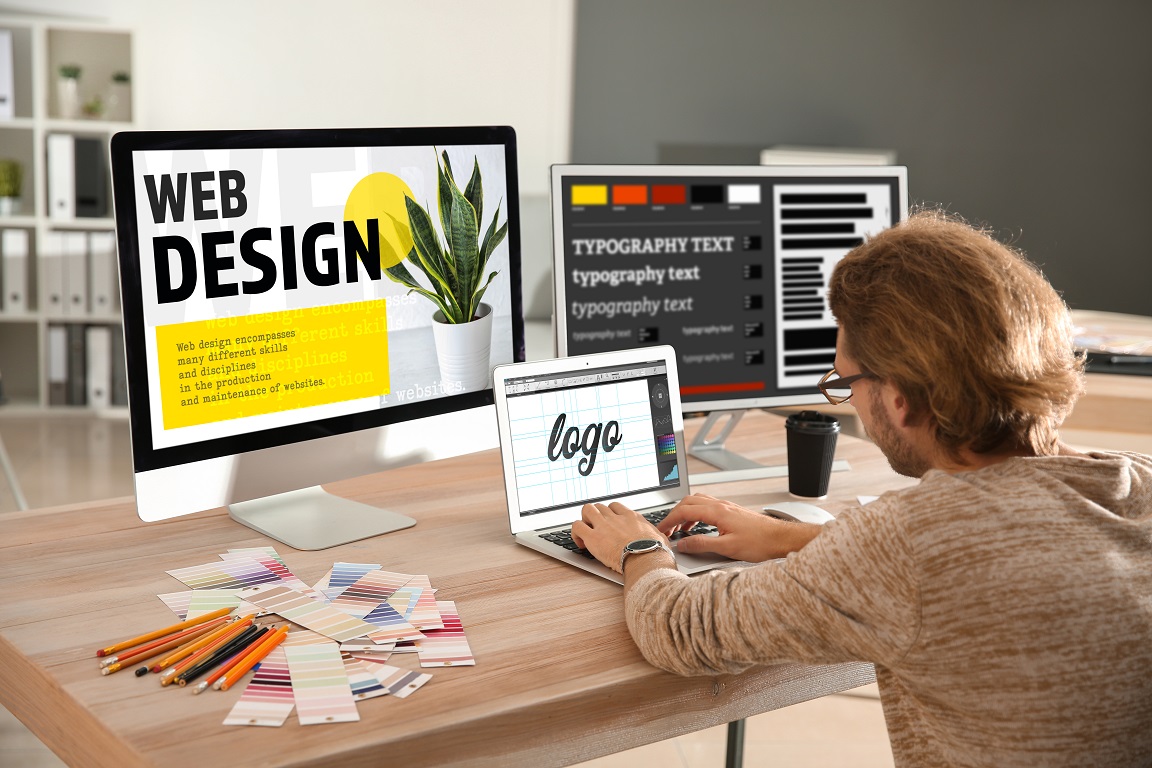Aligned Position Web Design: Delivering High-Quality, User-Friendly Web Designs for Every Industry
Aligned Position Web Design: Delivering High-Quality, User-Friendly Web Designs for Every Industry
Blog Article
The Ideal Sorts Of Website Design to Boost User Experience and Engagement
In the ever-evolving landscape of electronic interaction, the efficiency of Web layout considerably affects user experience and interaction. Different style methods, such as minimalist, receptive, and interactive designs, each deal unique benefits that can provide to varied individual needs.
Minimalist Website Design
As digital landscapes end up being increasingly chaotic, minimalist website design has become a powerful technique to boosting user experience. This layout philosophy prioritizes simplicity, focusing on essential components while removing unneeded interruptions. By using ample white room, straightforward navigating, and a minimal color combination, minimalist layout cultivates clearness and guides user focus to crucial content.
The core principle of minimalist website design is to create a smooth communication for users. By reducing cognitive tons, individuals can promptly understand information without feeling bewildered. This straight strategy not only boosts functionality but also encourages engagement, as visitors are more probable to explore a website that is easy and visually enticing to navigate.
In addition, minimal style commonly stresses typography and images, utilizing these elements purposefully to share messages efficiently. This focus on crucial elements can boost brand name identification and create a remarkable user experience. In significance, minimalist website design is not just a fad; it is a thoughtful approach that identifies the relevance of user-centered layout. By stripping away nonessential components, designers can create an extra engaging, efficient, and delightful Web experience for all users.
Responsive Website Design
In today's diverse electronic atmosphere, responsive Web style has actually come to be essential for creating a smooth customer experience throughout a multitude of devices. As individuals accessibility web sites on smartphones, laptops, desktops, and tablets, the capability of a website to adapt its design and material to different screen dimensions and resolutions is critical.
Receptive Web design employs versatile grids, photos, and CSS media queries to guarantee that Web material exists efficiently, despite the gadget made use of. This approach not just boosts the aesthetic charm of a website however additionally considerably improves functionality. Individuals are most likely to engage with a website that provides a consistent experience, as it gets rid of the disappointment of having to focus or scroll exceedingly.
By adopting responsive layout, services can boost their exposure and reach a wider target market. In recap, responsive Web layout is a basic method that improves customer experience, interaction, and general fulfillment.
Interactive Web Design
Responsive Web layout lays the foundation for enhancing user experience, yet interactive website design takes this an action even more by involving individuals in a more dynamic way - Aligned Position Web Design. By including elements such as animations, clickable prototypes, and real-time comments, interactive Web layout captivates users, drawing them into a richer browsing experience
This strategy not just cultivates involvement yet likewise motivates users to discover content proactively as opposed to passively consuming it. Methods such as gamification, where customers gain incentives for completing tasks, can considerably boost the time invested in a website and boost general complete satisfaction. Interactive features can streamline complex information, making it much more delightful and digestible.

Integrating interactive layout aspects can likewise cause greater conversion rates, as individuals are most likely to involve with a website that proactively includes them. Aligned Position Web Design. Ultimately, interactive website design changes user experiences into memorable journeys, ensuring that site visitors return time after time
Apartment Layout
Identified by its minimalistic strategy, flat layout highlights simpleness and functionality, removing unneeded aspects and focusing on crucial features. This style approach focuses on use, making Source certain that users can browse interfaces easily and performance. By employing a tidy visual, flat style gets rid of the mess typically found in more elaborate styles, thus improving user concentrate on material and functionality.
The characteristic of flat style hinges on its use strong shades, basic typography, and geometric forms. These components contribute to a visually appealing user interface that is both modern and approachable. Furthermore, level layout cultivates a feeling of quality, enabling customers to discern important actions and info without disturbance.
In addition, level style is especially efficient in responsive Web layout, as its simpleness converts well across various devices and screen dimensions. By focusing on essential attributes, flat design not just meets user needs however likewise encourages seamless communication, making it a vital component of effective Web design techniques.
Adaptive Website Design
Adaptive website design customizes the user experience by creating numerous taken care of formats customized to various screen sizes and gadgets. Unlike responsive layout, which fluidly readjusts a solitary layout, flexible style employs distinctive formats for certain breakpoints, making sure ideal presentation on numerous systems. This approach allows developers to focus on the one-of-a-kind attributes of each device, improving functionality by supplying precisely what users need based upon their context.
Among the main advantages of flexible Web style is its capability to optimize load times and efficiency. By offering tailored content and photos that fit the customer's gadget, sites can minimize information use and enhance loading speeds. This is specifically beneficial for customers with slower links or restricted data strategies.

Furthermore, flexible design assists in a more regular and controlled branding experience. Considering that developers create multiple designs, they can make certain that the visual elements line up with the brand name's identification throughout different platforms - Aligned Position Web Design. This leads to a natural customer experience, enhancing interaction and advertising customer retention
Verdict
Minimal design promotes clearness and emphasis, while responsive layout ensures flexibility throughout various devices, promoting availability. Collectively, these design approaches add to the creation of user-friendly environments that not only boost fulfillment yet likewise drive higher conversion prices, emphasizing their important relevance in modern Web layout strategies.

Minimalist design promotes quality and emphasis, while receptive layout ensures adaptability across different gadgets, promoting ease of access. Jointly, these see this website style approaches contribute to the development of easy to use environments that not only improve complete satisfaction however additionally drive greater conversion rates, highlighting their important value in contemporary Web design methods.
Report this page